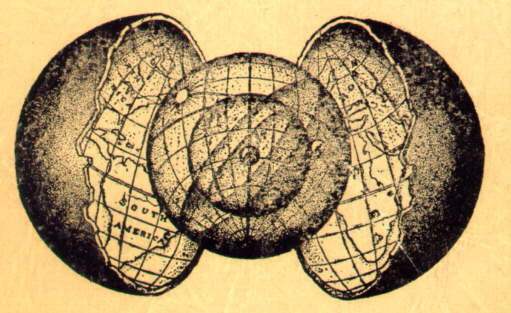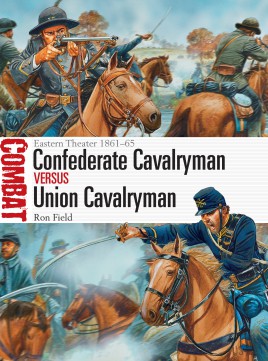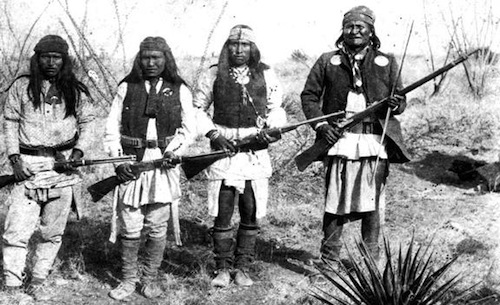You Live in Pellucidar: The Weird Inner World of Cyrus Teed and the Koreshan Unity
 When Edgar Rice Burroughs wrote At the Earth’s Core (1914) and Pellucidar (1915), he brought to a summit the previous century’s passion to explore the fantastic possibilities of what lies below the crust of the Earth. Numerous Victorian scientific romances arose from these theories about the interior of the planet. It’s only natural that once you state, “The world is round,” you follow up with, “Yeah, but what’s inside it?”
When Edgar Rice Burroughs wrote At the Earth’s Core (1914) and Pellucidar (1915), he brought to a summit the previous century’s passion to explore the fantastic possibilities of what lies below the crust of the Earth. Numerous Victorian scientific romances arose from these theories about the interior of the planet. It’s only natural that once you state, “The world is round,” you follow up with, “Yeah, but what’s inside it?”
A man named Cyrus R. Teed provided perhaps the strangest answer of all: “You.”
Cyrus Teed, his theory of Cellular Cosmogony, and the utopian religious commune movement that arose from it are among the most beguiling offshoots of hollow earth theories. They’re also a peculiar parallel with Burroughs’s fantastic adventure tales. Cyrus Teed believed in a concave inner world with the sun at its center, similar to the popular theory of John Cleves Symmes. But for Teed there was no reason to search for an entrance to the Earth’s interior, because the human race was already living in it. In other words, Pellucidar is real, and it’s your home.
The tale of Cyrus Teed and the Koreshan Unity is a curious historical footnote. But it has intriguing things to say to readers of fantasy and science fiction, as well as to historians interested in the utopian communes that ballooned and popped across the U.S. in the nineteenth century. Edgar Rice Burroughs certainly knew about it, since after writing At the Earth’s Core he kept notes on different hollow earth theories. (The fictional ERB even mentions this in Tanar of Pellucidar.) His curiosity is easy to understand, especially when it leads to discovering something like this…

